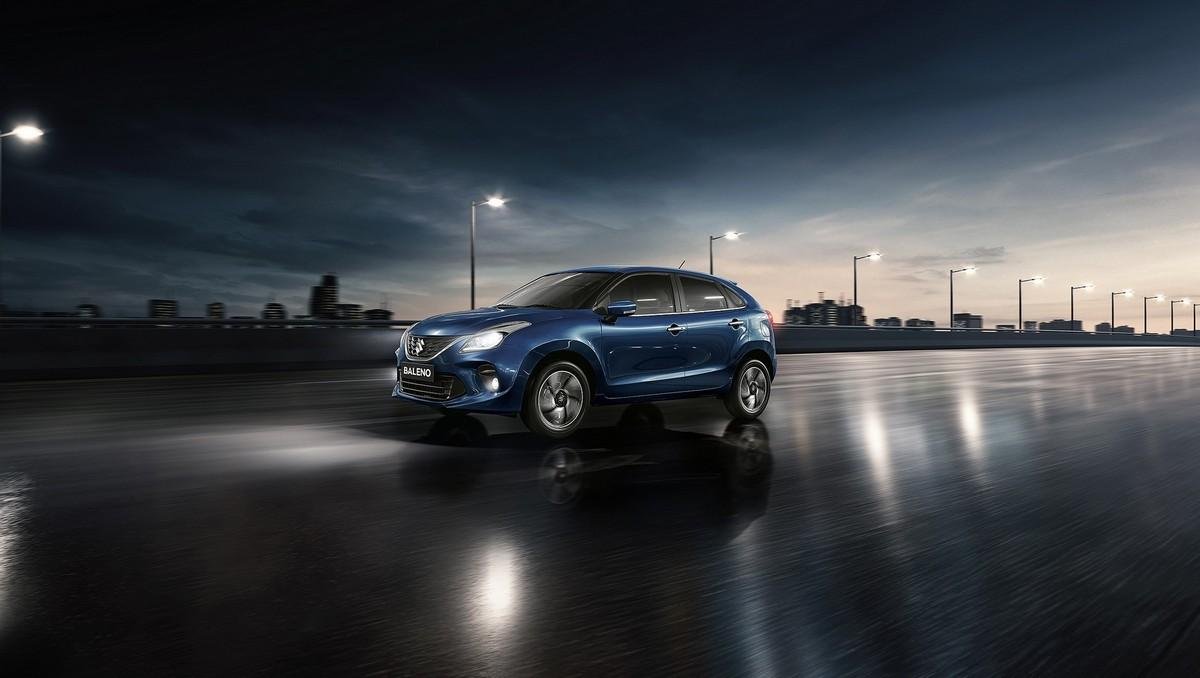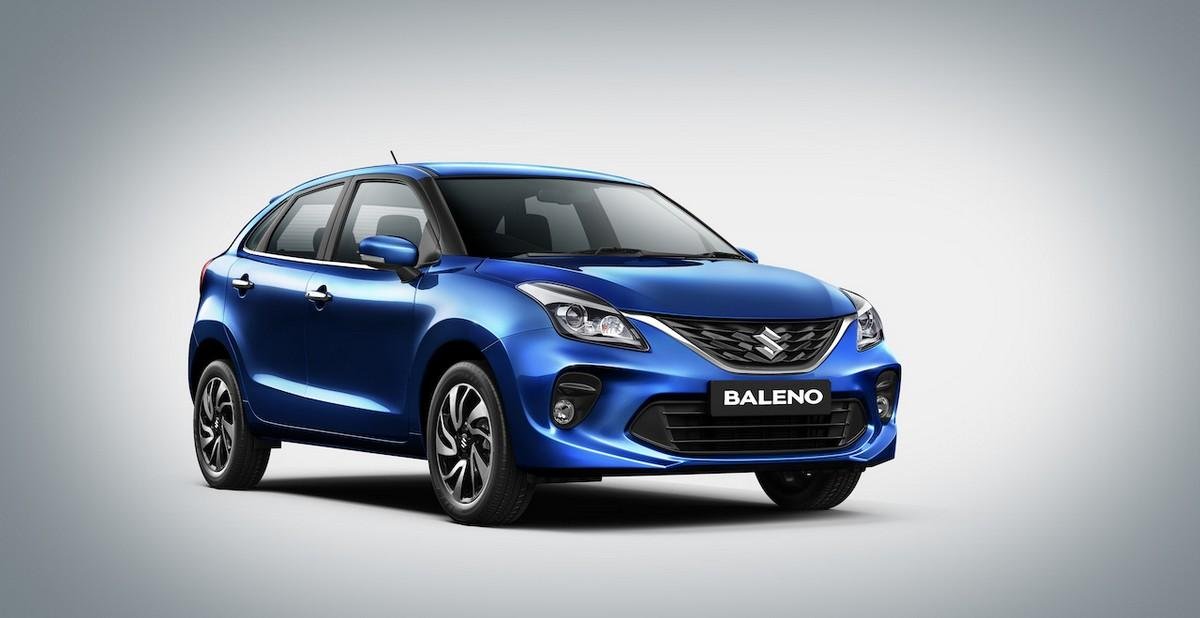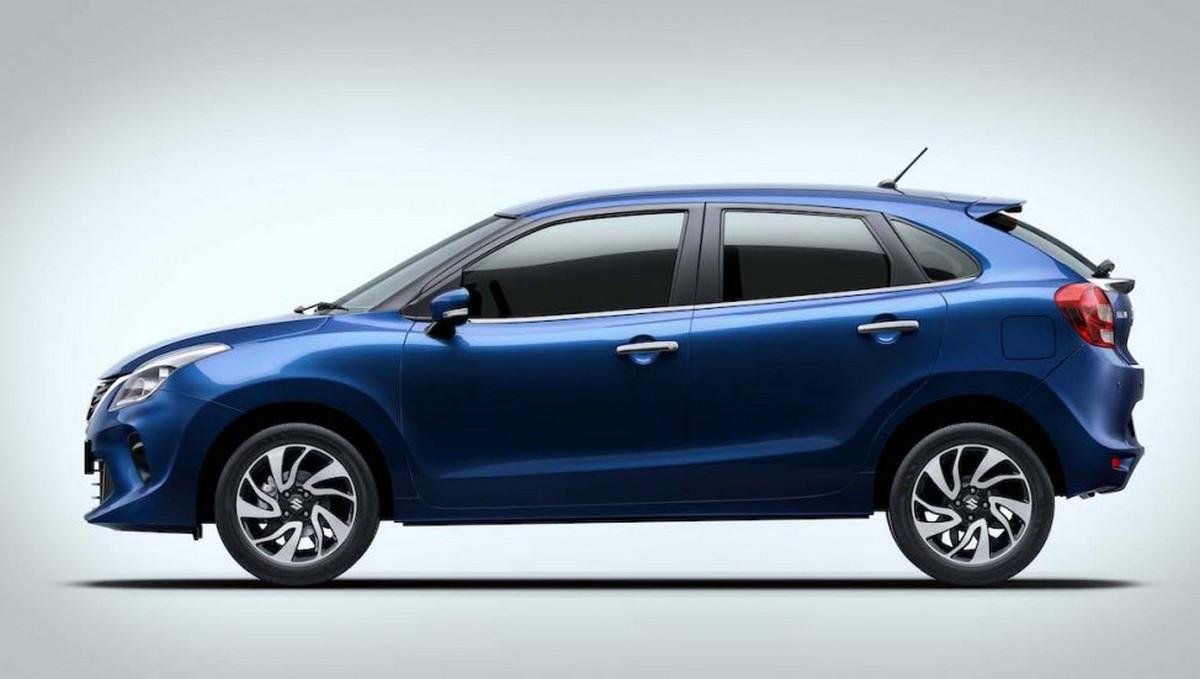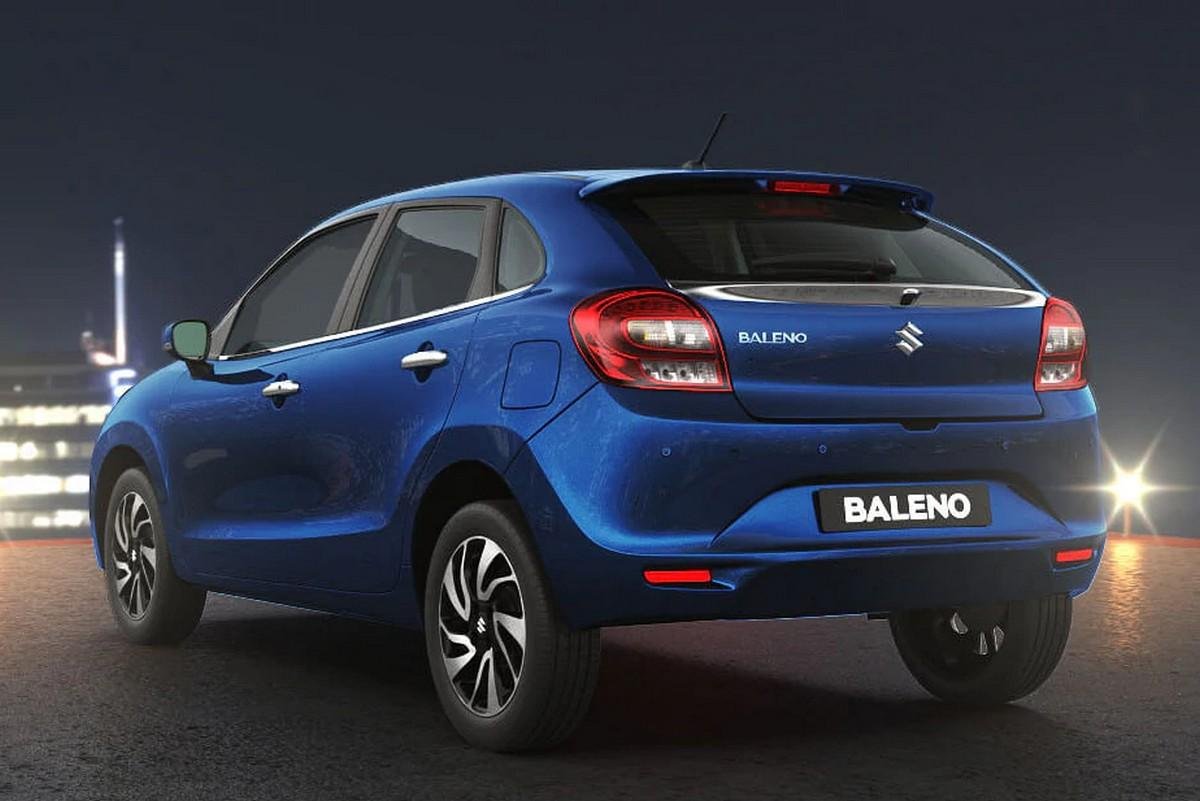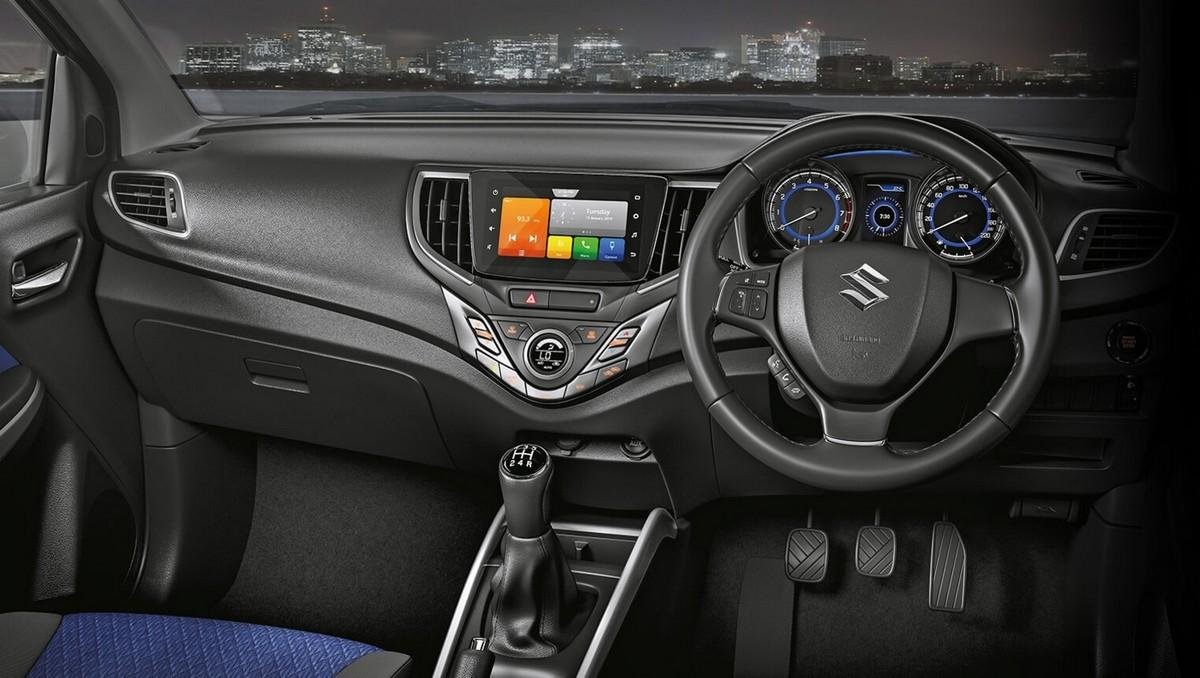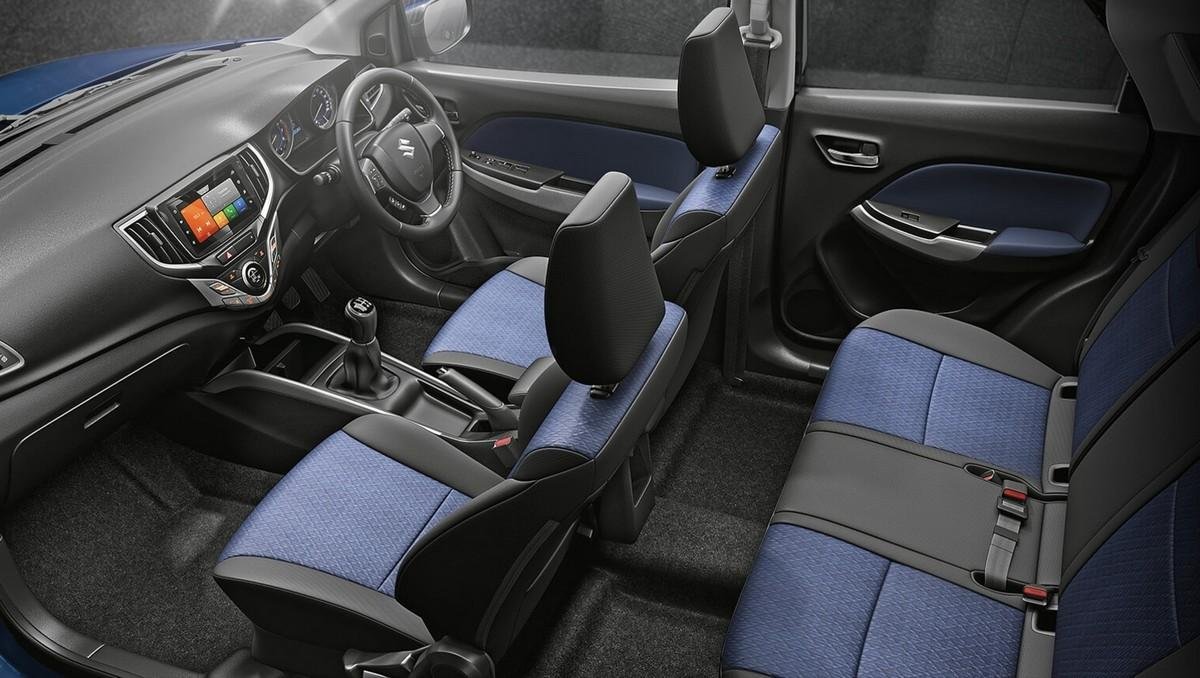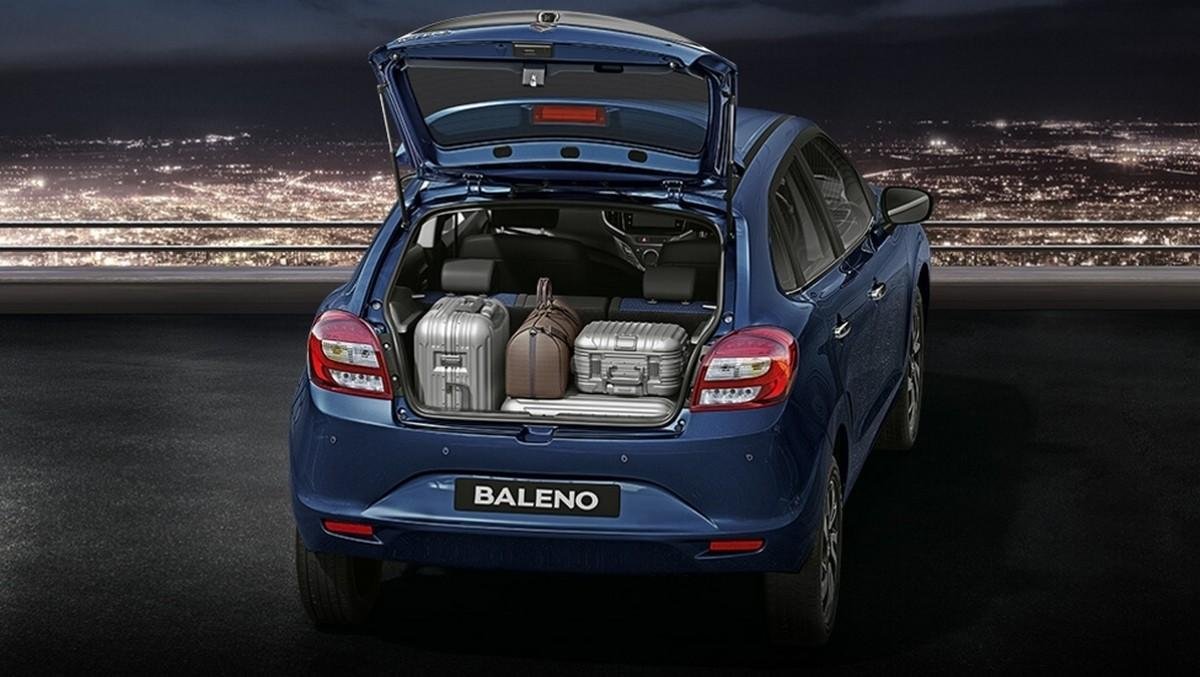
Maruti Suzuki Baleno
Trending MARUTI SUZUKI Cars
Maruti Suzuki Ertiga
7.69 Lakh
Maruti Suzuki XL6
9.8 Lakh
Maruti Suzuki Alto K10
3.66 Lakh
Maruti Baleno Review 2021: What Could The Best-selling Hatchback Offer?
04/10/2018 | by Vivaan Khatri
COMPARED WITH COMPETITORS
Maruti Baleno vs Maruti Dzire: The Battle of Two Kings
Both are the king of its segment, a best-selling sedan or a premium hatchback. Read on our comparison between Baleno vs Dzire below before deciding on which car is better to buy.
Maruti Baleno Sigma vs Delta: Should You Pick Base Sigma or Best-selling Delta Variant?
Maruti Baleno is one of the best options in the premium hatchback segment. A common question for the Baleno buyers is that which variant is better, the standard Sigma or the one-trim-above Delta?
Maruti Baleno Alpha vs Zeta: Variants Compared
Which variant would you choose? The range-topping Baleno Alpha or the lower Zeta? Is the Baleno Alpha really standing higher than the Zeta in the premium quotient? We'll find out.
MARUTI SUZUKI BALENO LASTEST UPDATES
Maruti Suzuki Sells One Baleno Every 2 Minutes For 5 Months Straight
Maruti Suzuki Baleno is the best-selling premium hatchback in India currently. We take a look at some of the reasons for its immense success.
Top-5 Best Selling Premium Hatchbacks In India in March 2021
March 2021 saw a growth in sales in the premium hatchback segment, with the Maruti Suzuki Baleno coming in first place with over 21,000 units sold. Here are the Top-5 Best Selling Premium Hatchbacks In India in March 2021
Maruti Baleno Offered With Discount of Up to Rs 34,000
The Maruti Baleno is available with a discount of Rs 34,000. The Baleno is on sale at a starting price of Rs 5.90 lakh. and it goes up to Rs 9.10 lakh. Read more details about the discount here.






